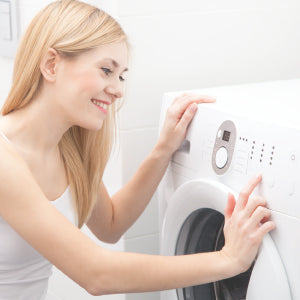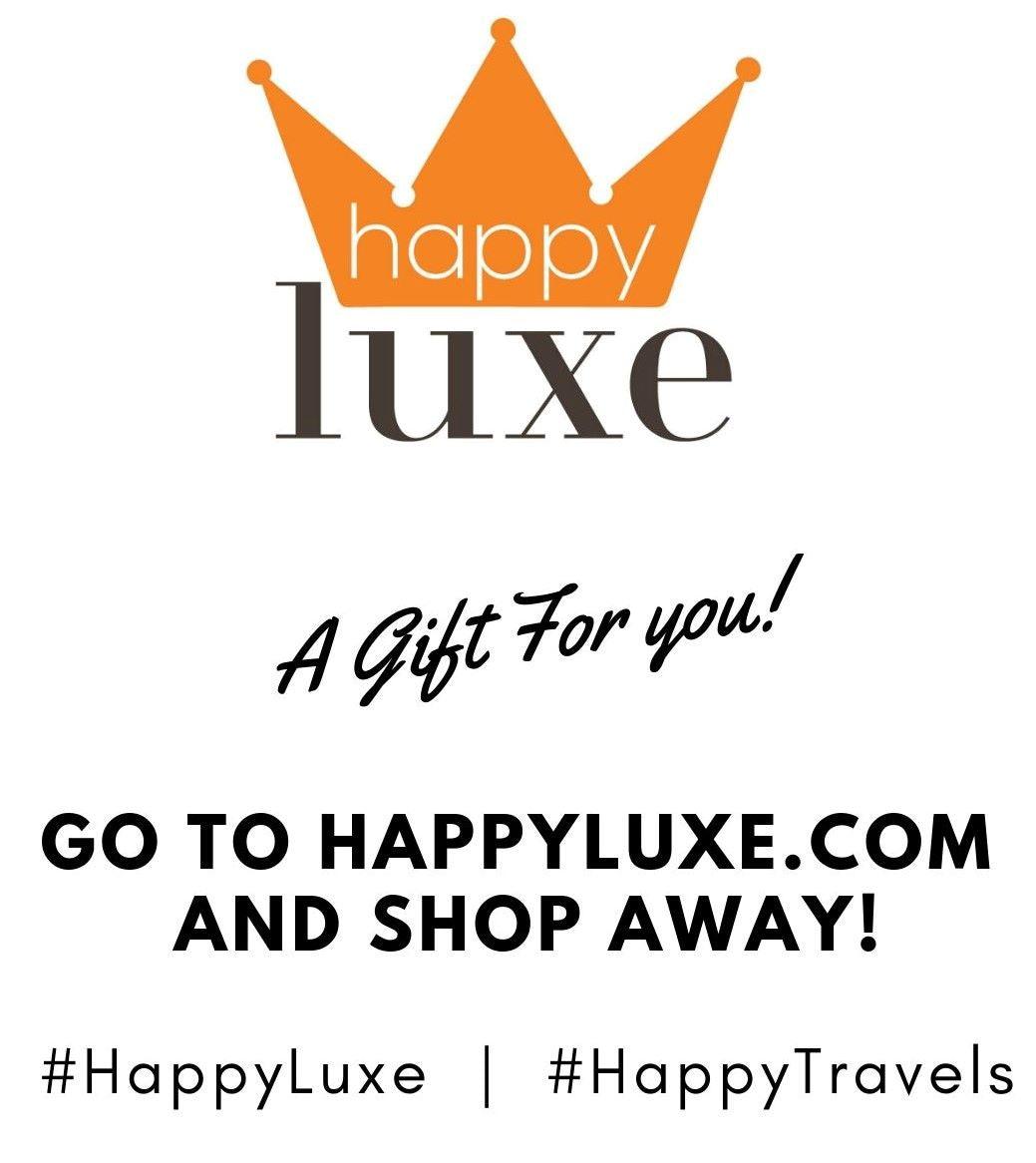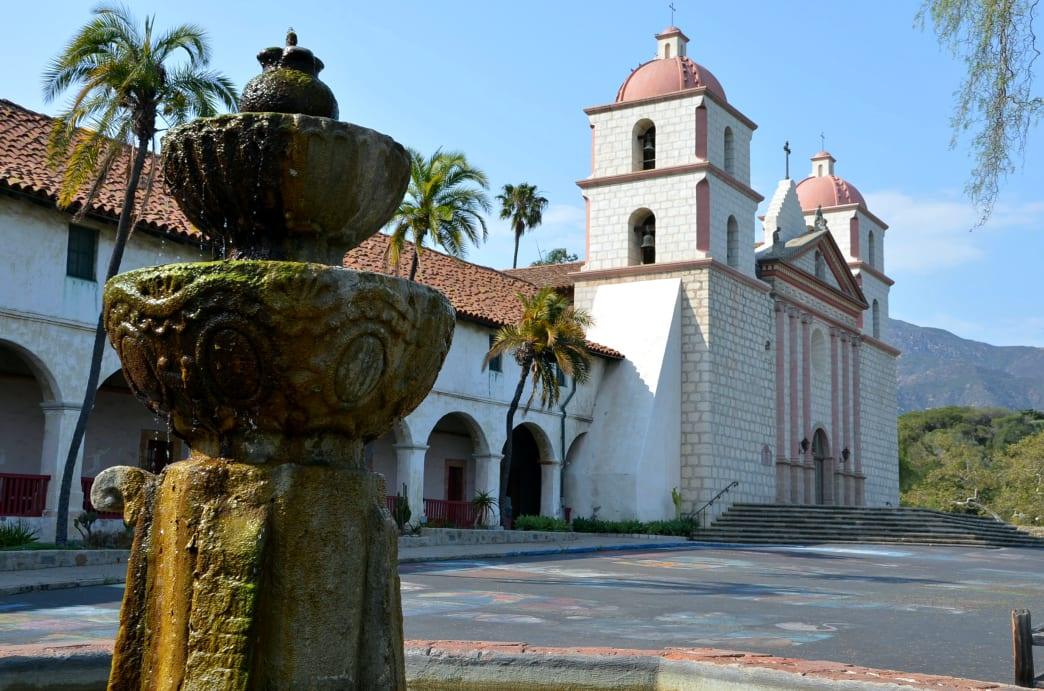Located on the western slopes of central California’s Sierra Nevada Mountain Range, Yosemite National Park is 1,200 square miles of breathtaking beauty, filled with granite walls, towering sequoias, and incredible waterfalls that draw nearly 4 million visitors each year. The preservation of the Yosemite Valley was not only instrumental in the creation of the National Park System, but it helped start a naturalist movement with leaders like John Muir promoting a new way to view the country’s natural resources.
The park is filled with prominent geological features that have become household names, like El Capitan, Half Dome, and Cathedral Peak. The Pacific Crest Trail runs through the park and it’s home to some of the largest and oldest trees on the planet. The 2,425-foot Yosemite Falls is the highest in North America. In other words, Yosemite is filled with once-in-a-lifetime sights just waiting to be explored.
The California gold rush in the 1850s first brought significant European Americans into the valley, which put them in conflict with the Ahwahneechee, who were considered especially violent by neighboring tribes. The U.S. Army arrived to settle the dispute and a company doctor named Lafayette Bunnell wrote about the beauty of the Yosemite valley—a word he coined from a neighboring tribe’s phrase for the Ahwahneechee, yohhe’meti, which means "they are killers." The Ahwahneechee were eventually captured and placed on a reservation near Fresno, Calif.
Bunnell’s writing attracted other visitors. Artist Thomas Ayres and writer James Mason Hutchings continued to spread the word, and an exhibit of Ayres’ paintings of Yosemite in New York City helped gain national attention to the valley. As more people began traveling to the area, prominent California citizens lobbied to protect Yosemite from overly commercial development, and in 1864, President Lincoln signed the Yosemite Grant, which was the first time the federal government set aside land for the creation of a park for public use. Yosemite was ceded to California by President Grant to be operated as a state park.
Naturalist John Muir was an early proponent of a system of national parks and a camping trip he took in the Yosemite Valley with Theodore Roosevelt in 1903 encouraged the president to add the land to the national park system. Muir proved persuasive and in 1906 Roosevelt signed a bill to put the land back under federal control. When the National Park Service was formed in 1916, Yosemite was put under its umbrella.
Classic Adventures

While the park is enormous, covering close to the size of the state of Rhode Island, the vast majority of visitors spend their time in the seven square miles of the Yosemite Valley. And you can understand why: The valley features 10 different hiking trails that highlight the postcard-worthy views at every turn.
The park’s signature hiking experience is the Mist Trail, a relatively short yet challenging journey that offers amazing up-close views of two waterfalls that are combined more than 900 feet tall. You’ll also be able to access the John Muir Trail, with its iconic views of Nevada Fall, Liberty Cap, and Half Dome, which has been described as one of the finest sights in the park.
You have several options when taking on the Mist Trail all of which start at Happy Isles in the eastern Yosemite Valley (which is shuttle stop No. 16 in the park). The trail begins at 4,000 feet in elevation and you’ll be climbing 1,000 feet to the top of Vernal Fall then 1,900 feet to the top of Nevada Fall. While the mileage numbers seem relatively low, know that much climbing is involved, and plan accordingly. The Mist Trail will take you directly to the top of Vernal Fall via an impressive granite stairway of more than 600 steps.
The hike to Half Dome is another Yosemite staple, and this one comes with bonafide bragging rights. It’s considered one of the longest and steepest day hikes in a national park, consisting of a 14 mile round trip that gains nearly 5,000 feet in elevation. Getting to the top of Half Dome requires a nearly vertical climb with the aid of a set of cables—a climb that becomes extremely treacherous when wet. But the view from the top can be well worth the effort.
Be aware that permits are required for the Half Dome hike when the cables are up, from Memorial Day weekend to Columbus Day, and a lottery system is put in place to distribute permits throughout the summer.
Stretching all the way from Mexico to Canada, the Pacific Crest Trail runs along the Cascade and Sierra Nevada Mountain ranges. Nearly 70 miles of the trail are in Yosemite, including Donohue Pass, which rises 11,056 feet at the southern border of the park. The John Muir Trail is a 211-mile path from Yosemite to Mt. Whitney, the highest point in the contiguous U.S.
Yosemite is a world-class climbing destination with an endless variety of challenges to explore. The big walls of Yosemite Valley are on many climbers' bucket lists, as is the crack climbing in the Merced River Canyon. The walk-up campsite of Camp 4 is ground zero for the sport of rock climbing. The infectious spirit of community and camaraderie among climbers (and wannabes) remains as alive today as it did when pioneers like Royal Robbins and Warren Harding first started scrambling up El Capitan and other sheer rock faces back in the 1960s and ’70s. You’ll have to arrive early (the ranger station opens at 8:30 a.m., but a line usually forms long before then) to snag one of the 35 no-reservation sites from spring through fall. But even if you’re not staying, a visit to this legendary spot—which is listed on the National Register of Historic Places—is a must-do for climbing enthusiasts.
Finally, no trip to Yosemite would be complete without visiting one (or all) of the three groves giant sequoia trees. The Mariposa Grove, with about 200 trees, is the largest and located near the park’s south entrance. The Tuolumne Grove (with 25 trees) and the Merced Grove (with 20) are not accessible by car, requiring about 2-3 miles of hiking to reach them.
The park’s most famous sequoia, the Wawona Tree (also known as the Tunnel Tree), was featured in countless pictures promoting the park in the early part of the 20th century. A hole was carved out of the trunk in 1881 to let carriages, and eventually cars, drive through it. In 1969, the tree fell under a heavy snow, and it’s age was estimated at 2,300 years old. The tree is still a popular attraction, now known as the Fallen Tunnel Tree, and it’s still impressive, even on the ground.
Off the Beaten Path

While it’s tough to escape the crowds anywhere in such a popular park, sections of Yosemite don’t get nearly the number of visitors you find in the valley. Located in the northwest corner of the park, Hetch Hetchy Valley is 38 miles from Yosemite Valley and features excellent hiking trails overlooking the reservoir. It also features one of the longest hiking seasons in the park, so it’s a good spot for early or late in the season. You’ll also find several waterfalls in the spring, as well as an impressive wildflower display. The 5-mile (round-trip) hike to Wapama Falls , which begins at the O’Shaughnessy Dam, is a good route to take it all in.
While the big walls in Yosemite Valley get the attention, the climbing in the dome studded Tuolumne Meadows is also excellent. You’ll find more short and medium length routes here and 11 major domes (plus many other minor ones) to explore.
Immerse Yourself
Yosemite features 13 different campgrounds , which as you can imagine fill up quickly. Reservations are highly recommended, as the limited first-come/first-serve spots are usually gone by noon from April to September. The vast majority (95 percent) of Yosemite is designated wilderness, so there are plenty of opportunities for those willing for backcountry camping. Wilderness permits are required, however, and should be obtained in advance.
For a more luxurious experience in the park, the Majestic Yosemite Hotel—formerly known as the Ahwahnee, with the name change caused by a trademark dispute—is one of the parks jewels. Dating back to 1927, the hotel is the park’s only AAA-rated Four Diamond resort. A recent renovation spruced up the rooms, and you’re sure to swoon at the soaring ceilings in the knock-your-socks-off dining room. For a less pricey alternative, you can stop by for brunch.
How to Get the Most Out of Your Visit
-
With elevations in Yosemite ranging from 3,000 feet to more than 12,000 feet, it’s tough to generalize about the Yosemite weather. But you can say that 95 percent of the precipitation comes between October and May. The summers tend to be dry—with the occasional thunderstorm.
-
Planning is key for Yosemite. The popularity of the park means that reservations are required months in advance for both accommodations and the signature activities that require permits.
-
Because of this, a visit in the late fall or winter can get you into the park with much fewer people and easier reservations. The fall colors are spectacular, and the winter season allows for snowshoeing and cross-country skiing in the park.
-
Free shuttles circulate throughout the park year-round. Use them. Finding parking can be difficult, especially in the busy summer months.
-
It may be counter intuitive, but it can sometimes pay to get a late start. The rush to get on the trail at the crack of dawn can lead to heavy traffic. If you take your time in the morning, you may also be able to grab a no-reservation campsite, as others tend to leave the campgrounds mid-morning.
-
Don’t rely on your cell phone. While the park has plenty of modern amenities, cell phone coverage is spotty at best. Don’t rely on your phone for GPS. Take a paper map with you when hiking.






Leave a comment
This site is protected by reCAPTCHA and the Google Privacy Policy and Terms of Service apply.